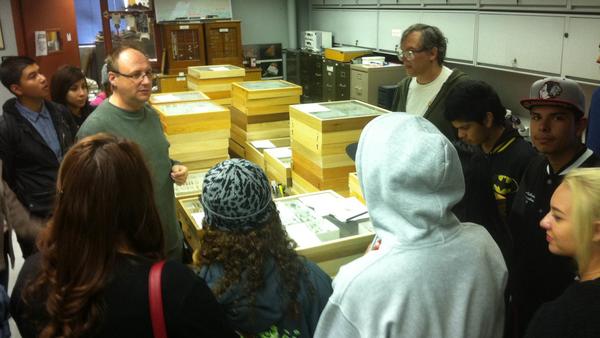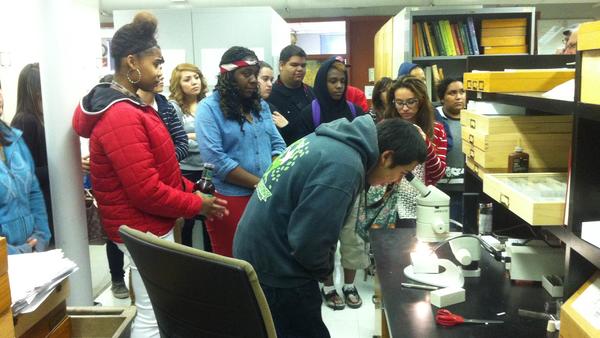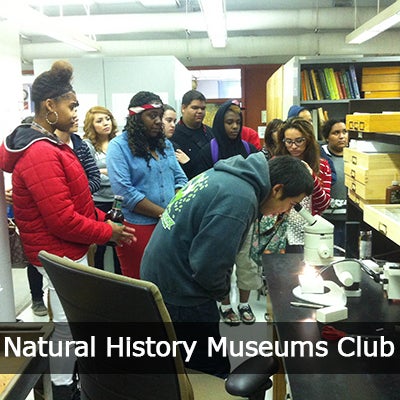
Content coming soon...
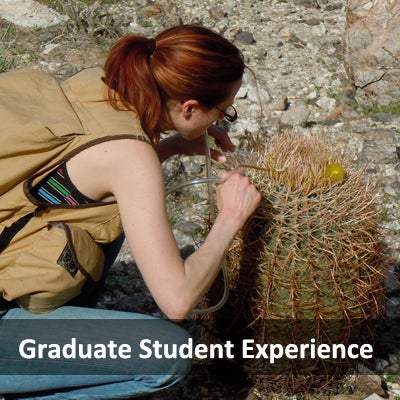
Collections-Based Courses
Geology: GEO001, GEO003, GEO012, GEO151, GEO152
All these classes have fieldtrips to the Marble Mountains which augment research collections associated with on-going UCR-related research at this location.
Graduate Student Experience
Austin Baker Michael Forthman Eric Gordon John Hash Judith Herreid Mathew Knauss Alexander Knyshov
Stephanie Leon Paul Masonick Elizabeth Murray Tiago Pereira Ryan Perry Erik Ragsdale
Austin Baker
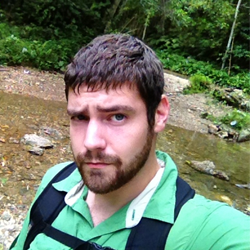
Austin Baker is a graduate student working on the systematics of ant parasitoids in the genus Orasema (Hymenoptera: Eucharitidae) in the Heraty lab. His current focus is on a taxonomic revision of the Orasema coloradensis species group with an emphasis on integrating biogeography, host relationships, morphometrics, and genetics into a comprehensive phylogenetic analysis. He has collected specimens in several areas across the United States and utilizes specimens from a large number of collections across North and South America.
Michael Forthman
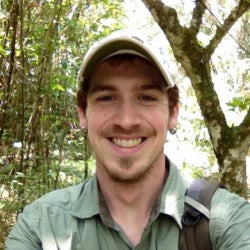
Michael joined the Weirauch or Heteropteran Systematics lab in July 2010 to work on his PhD dissertation as a Reduviid PEET trainee. He received his B.S. in Biology at the University of Arkansas - Little Rock and was enrolled in post-bac courses at the University of Wisconsin - Madison where he developed a strong interest in insect systematics, particularly taxonomy and systematics of Hemiptera. He currently conducts research on the systematics and predatory behaviors of Ectrichodiinae, the millipede assassin bugs. He is currently finalizing a taxonomic revision of the Malagasy Ectrichodiinae fauna and a suprageneric phylogenetic analysis of the subfamily. He has also explored the evolution of interesting biological phenomena such as aposematism and sexual dimorphism in millipede assassin bugs. Finally, he is interested in gathering natural history observations of Ectrichodiinae predatory behavior to contribute to a rather small, but growing, body of literature on the subject. "To me, biological collections are a necessity to preserve past and present variation in nature, understand species abundance and distribution through space and time, examine changes in a given environment over time, investigate the patterns and processes of evolution, and provide material to educate the public about, e.g., keystone, beneficial, and pest (medically and agriculturally) species that play a direct or indirect role in communities and ecosystems."
Eric Gordon
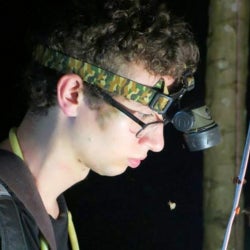
Eric came to the Weirauch or Heteropteran Systematics during the summer of 2012 to begin work on his PhD as a Reduviid PEET trainee. Before that, he received a B.S. in Entomology and Microbiology at Cornell University in May of 2012. While in Ithaca, he worked in a microbiology lab as an undergraduate researcher with Esther Angert and Clifford Kraft. Their work focused on a mysterious and enigmatic enzyme produced by bacteria called thiaminase I, which degrades the vitamin thiamine and can cause fatal deficiencies in populations of a wide variety of species. His current research is focused on phylogenetics and taxonomy of two subfamilies of termite-specialist assassin bugs, the Sphaeridopinae and Salyavatinae. Recent morphological evidence suggests that the Neotropical Sphaeridopinae may be sister to the only Neotropical genus of Salyavatinae and casts doubt on the monophyly of these two subfamilies (Weirauch 2008). He is in the process of resolving this question through a combined morphological and molecular phylogeny. In addition, Eric works on the evolution of bacterial symbionts in the Heteroptera. "Biological collections are libraries of nature for cataloging, documenting and understanding biodiversity and are an important tool to inspire people of all ages to pursue an interest in science."
John Hash
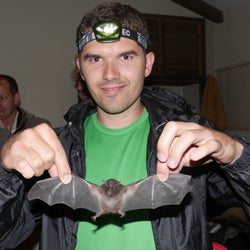
My research interests are focused on systematics and natural history of phorid flies. The life histories and morphological diversity exhibited within Phoridae is probably greater than that of any other family of insects, rendering it an exciting and challenging family to study. Most people encounter these small (1-5mm) flies as pests in unsanitary areas, but their wide-range of lifestyles include parasitism and predation of various arthropod groups. Approximately 4,000 species have been described, but the true diversity is estimated near 40,000 species. I am currently working on a taxonomic revision of the millipede-parasitic genus Myriophora and describing 57 species new to science. I have recently discovered that these flies are attracted to the toxic defensive secretions of millipedes, and they use these compounds to find their host. A phylogenetic analysis is underway to explore the evolution of host switching and historical dispersal patterns in the genus.
Judith Herreid
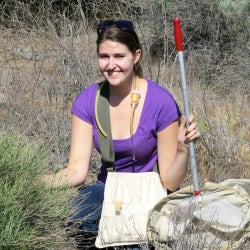
Judith Herreid is a graduate student in the Heraty Lab working on the systematics and behavior of the ant parasitic genus Orasema. Her work involves examining phylogenetic relationships across Orasema, creating a molecular and morphological revision of the Orasema simulatrix species group and studying extra floral nectary associations across the genus Orasema. Collections from the Entomology Research Museum at UCR and worldwide are being used to complete this research.
Mathew Knauss
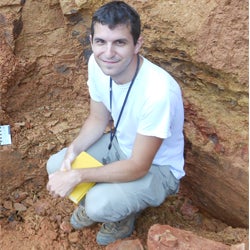
I'm currently researching the functional morphology and biomechanics of trilobites, specifically focusing on their ability to enroll their bodies to completely encase their soft tissues under a protective carapace. Along with my collaborators, I'm currently analyzing the material properties of the trilobite exoskeletal cuticle and utilizing 3D visualization technologies, such as X-Ray CT, to digitally model their morphology for computer assisted engineering analyses. Through this, we plan to study how enrollment changes in trilobites in concert with the radiation of different predators and predatory styles throughout the Paleozoic. Additional research projects include the taphonomy of Cambrian clustered trilobites from Kunming, China, the description of mysterious Cambrian ring-like structures from Wisconsin, United States, and the development and functional morphology of Late Cretaceous heteromorphic ammonoids from the Western Interior of North America.
Alexander Knyshov
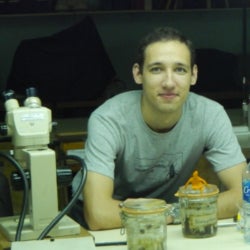
Alex joined the Weirauch or Heteropteran Systematics Lab in August 2013 as a PhD student and ARTS Litter Bugs trainee. He received his B.S. and M.S. at the St. Petersburg State University in Russia. His research focus during that times was on taxonomy, phylogeny, distribution and host association of the plant bug tribe Orthotylini (Heteroptera: Miridae: Orthotylinae). Since coming to UCR, Alex has started focusing on the taxonomy and phylogenetics of the understudied minute litter bugs (Dipsocoromorpha) and in particular on the systematics of the family Schizopteridae. The currently works on revisionary projects of two Neotropical groups, the genus Chinannus and the Corixidea group of genera, as well as on an overarching phylogeny of the Dipsocoromorpha. "For me, importance of biological collections is in conserving biological diversity and accumulating material that then can be successfully used in many biological fields, especially in taxonomy and systematics."
Stephanie Leon
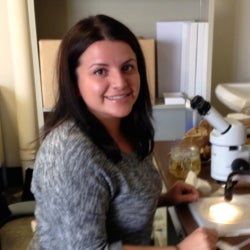
Stephanie came to the Weirauch or Heteropteran Systematics Lab as an undergrad in the spring of 2012 working on a systematic revision of Australian Phylinae. After graduation, Stephanie interned at the Field Museum, where she worked on a taxonomic revision of a rare group of African Mydas flies. In fall 2013, she stated her graduate work as an ARTS Litter Bugs trainee. Stephanie is focusing on a partial taxonomic revision of the large genus Schizoptera, but she is also trying to shed light on the phylogeny of Schizopterinae, were she is trying to identify close relatives to Schizoptera and test the monophyly of that genus. "Biological collections contain snapshots of natural history; they are useful for taxonomic and systematic research, and an excellent way to educate the public."
Paul Masonick
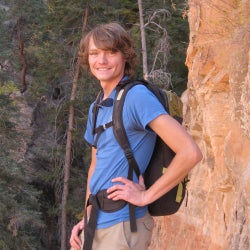
Paul joined the Weirauch or Heteropteran Systematics Lab during the summer of 2014, where is the final Reduviid PEET graduate trainee. He has been fascinated by insects for as long as he can remember, but didn’t really picture entomology as a viable career for himself until he was an undergraduate student studying biology at the University of Illinois at Urbana-Champaign. While earning his B.S., he examined the diversity and host specificity of parasitic wasps in Dr. Jim Whitfield’s lab and mating behavior of longhorn beetles in Dr. Larry Hanks’ lab. His current focus is on using molecular and morphometric data to resolve taxonomic and phylogenetic problems of ambush bugs in the genus Phymata. Small, cryptic and easily overlooked, ambush bugs comprise a diverse group of predatory true bugs that rely on camouflage and powerful raptorial forelegs to capture prey. "Biological collections serve as a powerful tool in my research and help me better understand the diversity of and variation found within species of Phymata."
Elizabeth Murray
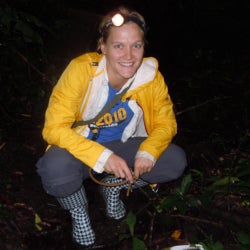
Elizabeth Murray (PhD, alumni) is a former graduate student in the Department of Entomology with John Heraty. She studied the systematics and evolutionary relationships of eucharitid parasitoid wasps. The collections were utilized for morphological and molecular work. She recently began a lecturer position at Cornell University and will be teaching a course in model-based phylogenetics.
Tiago Pereira
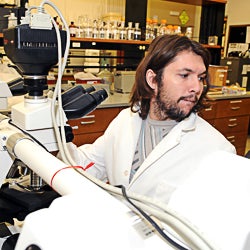
Tiago Pereira is a graduate student who is developing a phylogenetic study and taxonomic revision of Tylenchina with key implications for understanding the evolution of plant parasitism in nematodes. His work involves collections worldwide with significant deposits of new material in the UCR museum. He also utilizes the taxonomic collection to broaden the representation in his work.
Erik Ragsdale
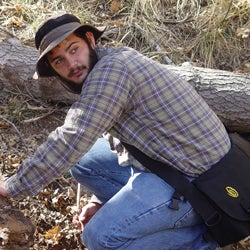
Erik Ragsdale is a former graduate student in nematode systematics and phenotypic evolution who has recently joined the faculty as an assistant professor and Indiana University. Erik collected worldwide and broadly used the collection in species descriptions and phylogenetic studies.

Collections-Based Courses
Geology: GEO001, GEO003, GEO012, GEO151, GEO152
All these classes have fieldtrips to the Marble Mountains which augment research collections associated with on-going UCR-related research at this location.
Undergraduate Experience:
Avery Ramas

(Abi) is an undergraduate biology major currently working on an NSF ARTS grant in conjunction with the collection. She especially works on developing video vouchers of specimens prior to preparing them for DNA extraction. She maintains living cultures of nematodes and prepares permanent slides.
Caitlin Gower
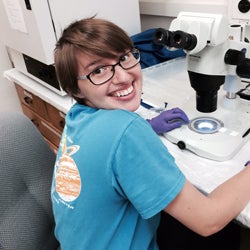
Caitlin Gower is an undergraduate biology major currently working on an NSF ARTS grant in conjunction with the collection. She oversees developing video vouchers of specimens and processing them for sequencing. She oversee maintaining living cultures of nematodes and preparing permanent slides. Caitlin supports the collection with data entry.
Scott Heacox
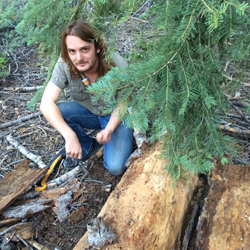
Scott Heacox is an undergraduate entomology major doing research in the Heraty lab on determining the diversity and biogeography of Madagascan Oraseminae with emphasis on Orasema. He is also studying Californian populations of Pseudochalcura gibbosa to determine their plant and ant host associations and to elucidate the specific behavioral and chemical interactions that take place between the host and parasitoid.
Krissy Dominguez
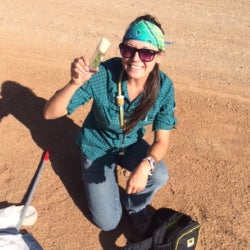
Krissy Dominguez is an undergraduate double major Biology and Entomology student in the Heraty Lab. Krissy’s research focuses on the systematics, biodiversity, and biogeography of Madagascan Oraseminae (Eucharitidae: Chalcidoidea) with emphasis on Orasema. Her other area of research focuses on studying California Pseudchalcura gibbosa populations and to determine plant host associations as well as specific behavioral and chemical interactions occurring within in the nest of the host ants Camponotus. Outside of research, Krissy enjoys spending her free time hiking and bird watching in the San Gabriel Mountains.
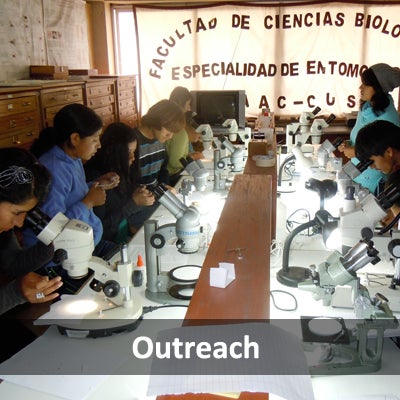
CIBC Outreach
The Entomology Research Museum hosts 100's of visitors per year in addition to students from multiple general education courses.
